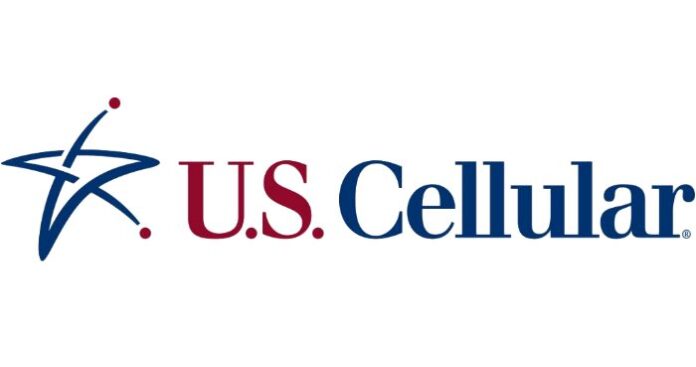US Cellular exec: ‘Open RAN will enhance the way wireless networks are built and operated’
US Cellular has become the latest company to join the Open RAN movement, with its official announcement that it is now a part of the Open RAN Policy Coalition, a group focused on policies that will support adoption of open and interoperable solutions in the RAN.
“We are a strong proponent of open and interoperable network systems,” said Narothum Saxena, vice president of advanced technology and systems planning at US Cellular, “and we are excited to work with industry partners on the advantages that an open Radio Access Network (RAN) can bring to 5G deployments and other emerging technologies. It fosters innovation and promotes healthy competition.”
He added the coalition’s work will enhance the way wireless networks are built and operated.
Grant Spellmeyer, vice president of federal affairs and public policy at US Cellular, further added that the Open RAN Policy Coalition “provides a unique opportunity to educate legislators and help shape policies that allow for faster deployment of new technologies, especially to people and businesses in rural areas.”
US Cellular began its 5G journey in two of its most vital markets, Iowa and Wisconsin, where it launched its first 5g networks early this year. According to the operator’s CTO Mike Irizarry, its rollout is just getting started.
Currently, as part of its 5G deployment, the operator has low-band coverage in the form of 600 MHz spectrum, which provides a breadth of coverage, as well as mid-AWS and PCS spectrum.
“Just by activating 5G and modernizing the networks using those two bands in our carrier aggregation mode, we have been able to essentially double our speeds,” stated Irizarry.
US Cellular’s coverage gap, then, is high-band or millimeter wave, which cannot provide adequate coverage on its own due to its short propagation range, but can deliver blazing fast speeds over limited areas. But, according to Irizarry, it’s in the works. Irizarry said in March that the carrier had been “very active” in the FCC’s millimeter wave auctions.
“We’ve been trialing [high-band] for a couple of years now,” he added. “We are doing a fixed wireless trial of mmWave this year and part of our long-term strategy includes deploying a layer of mmWave to improve speeds and capacity of the network.”

